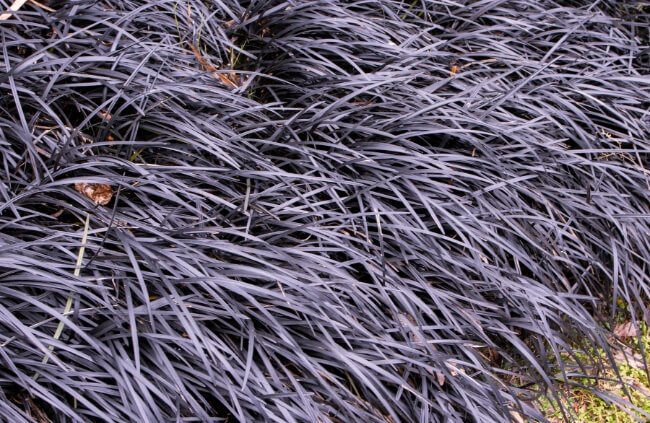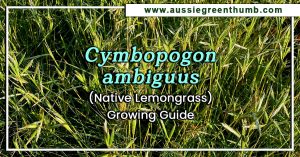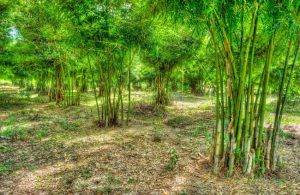One of the most popular architectural plants in recent years has been the Ophiopogon planiscapus ‘Nigrescens’, commonly known as dwarf black mondo grass. Designers use it firstly for its colour – there aren’t many strikingly black perennials, and secondly for its form.
More...
Getting to Know Black Mondo Grass
As a grass, the foliage is excellent when you are trying to create an impression or standout feature. Its strappy leaves draw your attention to it but when planted en masse in a border will take your eye down a line to the focal point you’re trying to show off.
What’s really great about these little plants though is they need very little maintenance to keep looking good. Mondo grass is suitable for many light conditions but prefers full-sun to partial shade.
It will only grow to about 15 cm and can be spaced about the same distance. Their water requirements are very low and are considered to be drought tolerant.

Where to Use Dwarf Black Mondo Grass?
Dwarf black mondo grass can be used in many garden styles. Xeriscaping is the obvious choice where the garden is sustained only by annual rainfall. They look great mixed in with hard paving, gravel or stones, and even against walls that have no other feature to them.
Mondo grass is also being used more and more in Mediterranean style gardens where they contrast well with terracotta pots and other plant textures. Against a backdrop of rosemary and even something soft like jacobinia would look awesome. I have seen dwarf black mondo grass work well in cottage gardens too, especially against lamb’s ears.
How to Propagate Black Mondo Grass
Dwarf mondo does produce seeds and if picked when mature and dried well can be used to produce new seedlings. However, mondo grass is not true to type when propagated this way. The best way to propagate mondo is to divide the root ball and replant out. This is a very easy process and will produce great results.
Published on June 7, 2023 by Nathan Schwartz
Last Updated on February 14, 2024




